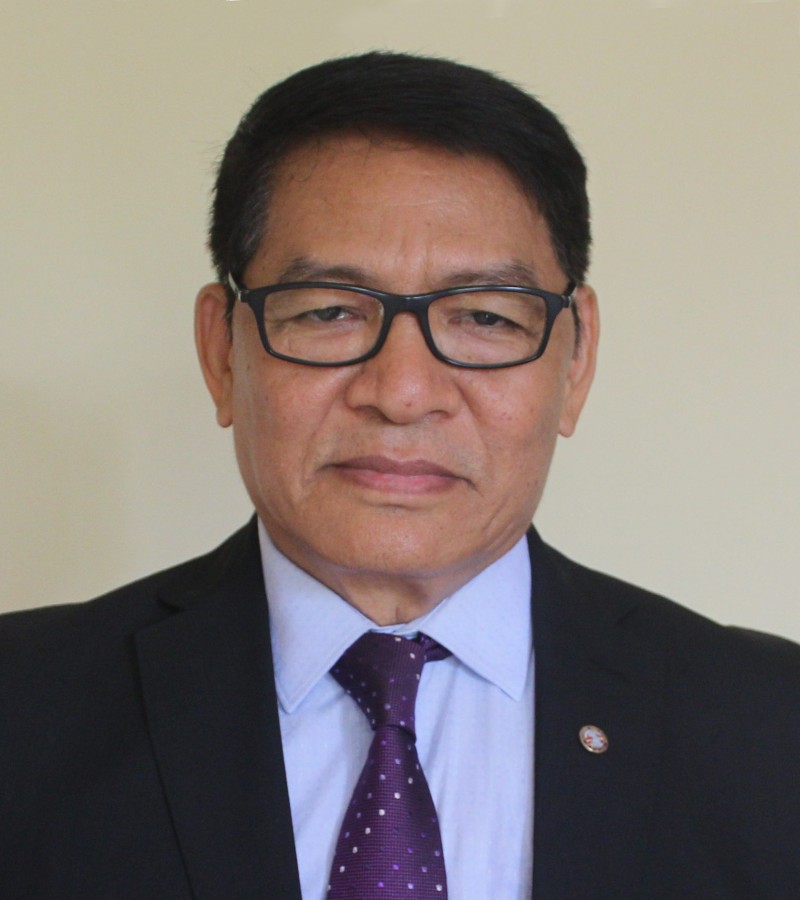Editorial
First among Equals
Opinion | Editorial | John S. Shilshi | 09-Nov-2023

Not long ago, one senior lay Catholic commented in a group, “I watched one Episcopal ordination video from Arunachal Pradesh, and the seats in front were occupied by all whites, both male and female. I am just pondering if the laypeople will get proper seats." Though this comment was more of a passing observation, some with critically inclined mind-sets, particularly the status quoists, might have seen it as a little cynical. Also, for those not very open to seeing changes in the Catholic eco-system, the remark would probably be interpreted as one having the potential to stir up uncalled-for controversy among priests, nuns, and laity.
But, when read between the lines and with good intention, the observation is food for thought. Simple as it may seem, the arrangement of sittings in an important occasion as one under reference could at times cause not only heartburns but breed a perception that the lay people are pushed to be back-benchers, not because they liked or chose to be one, but because the church system is so prone to following the old school thought of segregating the faithful by drawing lines between the consecrated men and women from the lay—a practice so common in the pre-Vatican II era of the Catholic Church.
To understand the noble intentions of the Church and her keenness to see a Synodal church that is cohesive, sharing, and non-partisan; we examined some key pointers in the Vatican II documents with which the philosophy of the Catholic Church underwent a significant shift from being very rigid to a flexible one in the post-Vatican II era. For example, in the pre-Vatican II scheme of things, the Church believed that “there is no salvation outside the Catholic Church”. But in post-Vatican II, the Church accepts that “all can be saved by God’s grace, even agnostics and atheists (LG-16). Likewise, in the pre-Vatican II era, the Roman or Latin rites were regarded as the ultimate, but Vatican II insists on a church local in nature, with emphasis on the adaptation of the given culture and language (LG-36). It also strongly insists on availing of the prudent advice of Laity (LG-37).
The episcopal ordination of a bishop is no small occasion, especially in the North East region, where most churches have a history of a few decades to look back on. The priests, by way of church mandate, are duty-bound to be part of the Eucharistic celebration; therefore, they cannot be too distant and scattered from the altar. However, the nuns, except those assigned specific responsibilities, can always be part of the colourful mix by sharing seats with their lay brothers and sisters instead of being isolated from the rest. After all, the faithful are supposed to have been composed of human and divine elements (LG-8), which, in other words, are the consecrated and the ordinary.
In olden times, everything the church did was accepted as gospel truth, including some of the non-spiritual aspects of worshiping norms. Today, the church members are no longer that obedient bunch, prepared to accept whatever is told to them by the hierarchy. They are thinking and inquisitive individuals who question every aspect of their faith. This is not because the faithful are in a mood to rebel, but because they are people who want to be sure that both the spiritual and secular aspects of their faith sufficiently satisfy their own intuitive instincts, with sound rationale behind how the church moves forward. This is indeed a welcome change that must be gracefully accepted by all.
Whether we like it or not, the Catholic Church’s greatest challenge in modern times is to keep its flock intact. In order to be successful in doing that, the church needs to tame the various enemies within. The unwillingness to adjust and adopt small changes to assuage lay faithful sentiment is one of them. For far too long, the practice of segregating the consecrated from the laity has been considered the norm, consciously or unconsciously. The Eucharistic celebration being the re-enactment of the Lord’s Supper, the priests, who have the mandate to offer the bread and wine being in proximity to the Lord’s altar, is imperative. However, the nuns, though white-dressed, could always form part of the colourful mix on occasions like these.
Just like priests and nuns are human beings and therefore prone to various human limitations, the lay faithful too are human beings. They are bound to nurse a certain degree of dissatisfaction when priests and nuns are treated as first among equals on all occasions, spiritual and social. Whenever and wherever possible, recognizing the need to appear colourful must therefore be given due importance. This will not only be a pleasing sight to behold, but will also strengthen the Synodal church to a cohesive whole.
Visitor comments
Dr T Philip ThangLienMang
10-Nov-2023
Sir John your article is wonderful and thought provoking one . It's a wonderful enlightenment keep it up. The suggestions you propounded are meaningful and I hope the Church will notice of it and do the needful.
Leave a comment

Salam Irene
10-Nov-2023
Good analysis especially in light of a Synodal Church